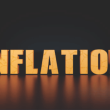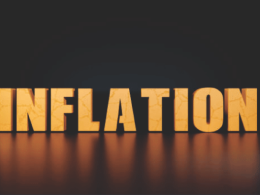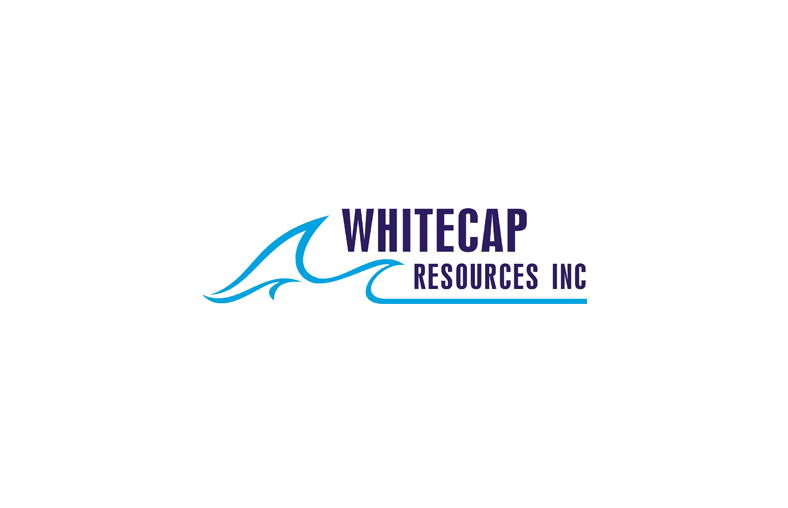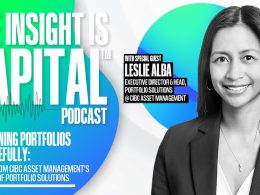Outlook 2017: Economic recovery across markets
Over the past several years, both the developed and emerging worlds have been responding to the long shadow of the great recession of 2008 and 2009, and the cycles in each area have diverged.
The recovery of the developed economies has been hampered by two factors: the slow process of balance sheet repair, especially among the banks, and the differing consequences of the implementation of quantitative easing (QE). These factors have combined to create sub-par growth, an agonizingly slow return to full employment, low wage growth and fractious electorates.
By contrast, the emerging economies implemented strong stimulus programs between 2008 and 2010. These proved so successful that some economies, including China, Brazil and Russia, had to reverse course and slam on the brakes in 2011 and 2012. As a result, between 2014 and 2016, they too experienced economic slowdowns, recessions, currency weakness and the pain of debt workouts.
For both developed and emerging economies, the outlook for 2017 will be closely correlated to how these differing problems are addressed.
Developed economies
In the U.S., Donald Trump will assume the presidency on January 20, 2017, with Republican control of both houses of Congress. He has proposed a range of fiscal stimulus measures, including personal and corporate income tax cuts and numerous infrastructure spending programs, designed to boost growth and encourage the repatriation of capital held abroad. In addition, he plans to reform the Affordable Care Act (ending the incentive to employ workers for only 29 hours per week), lift the restrictions on energy production (liberating shale oil, natural gas and clean coal) and revise the Dodd-Frank Act on banking regulation. Astonishingly, he aims to achieve a growth rate of “at least 3.5% and as high as 4%.”
Despite some savings that could come from reducing regulatory burdens and canceling U.S. contributions to UN climate change schemes, the U.S. fiscal deficit seems likely to widen – as it did under President Ronald Reagan. Beyond harvesting such savings, fiscal deficits can only be financed by taxation, by borrowing or by the creation of new money and credit (as seen with China’s fiscal stimulus from 2008 to 2010). Since taxation is automatically excluded, and the U.S. Federal Reserve will not cooperate in the unwarranted printing of money (it is expected to raise rates in December 2016, and probably two or three times more in 2017), borrowing becomes the only means of financing these deficits. Immediately following the election result, bond yields have risen, inflation expectations are increasing and the dollar has strengthened.
Abroad, Mr. Trump has said he will renegotiate the North American Free Trade Agreement (NAFTA), withdraw from the Trans-Pacific Partnership (TPP) and impose substantial tariffs on “currency manipulators” to stop the inflow of illegally subsidized steel and other key industrial materials at below-market prices. He also plans to discourage U.S. companies from offshoring jobs. In doing so, he aims to restore employment in manufacturing, mining, logging, steel, and other heavy industries.
Mr. Trump’s program is aimed at rebuilding the core strengths of the American economy by giving a strong boost to the health of U.S. businesses and households. I expect real (GDP) growth to improve to 2.5%, and CPI inflation to reach 2.1% in 2017.
In Europe the outlook is much less favorable. The slow progress of bank resolution, the weakness of the European Central Bank’s (ECB) QE program and the consequent descent into negative interest rates are among the headwinds holding back economic recovery. Unemployment across the continent has remained at double-digit levels, and income growth is anemic. As a result, disruptive populist and xenophobic political movements have mushroomed on the left and on the right. With conventional center-right or center-left governments in Italy, Holland, France and Germany facing referenda or elections over the next year, the risk of further disruptive political changes is significant. At some stage, one or more of these electorates could overwhelm the governing elites, posing an existential threat to the established order – the European Union (EU) or even the Eurozone. Real GDP growth is likely to remain around 1.5% at best, with inflation falling far short of the ECB’s target of “close to but below 2%,” in my view.
The British economy had been doing relatively well by comparison, conforming to the U.S. model of gradual balance sheet repair, assisted by injections of QE-based money creation. Real GDP growth had averaged 2.3% since 2013, and – unlike we’ve seen in the Eurozone – deflation has not been an issue. However, the Brexit vote in June 2016 has threatened the U.K. with the loss of tariff-free access to the EU market, declines in foreign direct investment and a potentially major blow to London’s status as the financial capital of Europe. So far the brunt of the fallout has been reflected in the 14% decline in the trade-weighted index of sterling, but when the formal negotiations with the EU begin after March 2017, the currency could easily fall further. Such falls would raise imported prices and be passed through to the CPI, undermining real wage growth. Since U.K. consumer spending comprises 65% of GDP, the reduction in economic growth would be significant. I expect 1.4% growth and 2.5% CPI inflation.
In Japan, as in the Eurozone, balance sheet repair among the banks and structural reforms has lagged, while the impact of “qualitative and quantitative easing” (QQE) has been much less than anticipated. Consequently, growth has been weak, and renewed deflation has been a persistent problem. The economic policies of Prime Minister Shinzo Abe, known as “Abenomics,” have not lived up to their promise, leaving the prospects for 2017 little better than for 2016. I expect 0.7% real GDP growth and broadly flat consumer prices.
Emerging economies
Among the emerging markets (EM), excess credit creation and over-leveraging between 2008 and 2010 required a corrective process from 2013 to 2015, especially in Brazil, Russia, India and China. In 2016, that phase appears to have reached an end, as evidenced by the bottoming out and the start of a modest upswing in commodity prices in the first half of the year, together with renewed capital inflows into EM economies. However, China is a major exception, having embarked on another episode of credit expansion from the start of 2014. Since China is by far the largest EM, and the largest buyer of commodities on world markets, the renewed surge in credit growth could yet cause another episode of inflation for China. This would not only derail China’s adjustment to a more consumption-led growth model, but it would also have serious knock-on effects on other emerging markets, especially commodity producers and China’s neighboring East Asian economies.
So far, the excess credit growth in China appears to have been largely contained within the financial and government sectors, but there are worrying signs that the credit explosion is starting to leak out into the broader economy. First, there have been a series of mini-bubbles in equities (2014 and 2015), housing and commodities (e.g., in soybean meal, PVC, iron ore, coking coal and steel futures). Second, the large, industrial, state-owned enterprises (SOEs) have seen a notable uptick in growth and profits. Finally, producer prices, which had been falling for four consecutive years, started rising again in October. The sooner the Chinese authorities address these issues, the less damage the economy and employment will incur, but further delays will exacerbate the adjustment when it finally occurs. Exactly how the Chinese authorities deal with the problem in 2017 (either by repression and direct controls or by restricting credit and allowing market forces to transmit the required adjustments) is one of the big unknowns for 2017.
This post was originally published at Invesco Canada Blog
Copyright © Invesco Canada Blog













